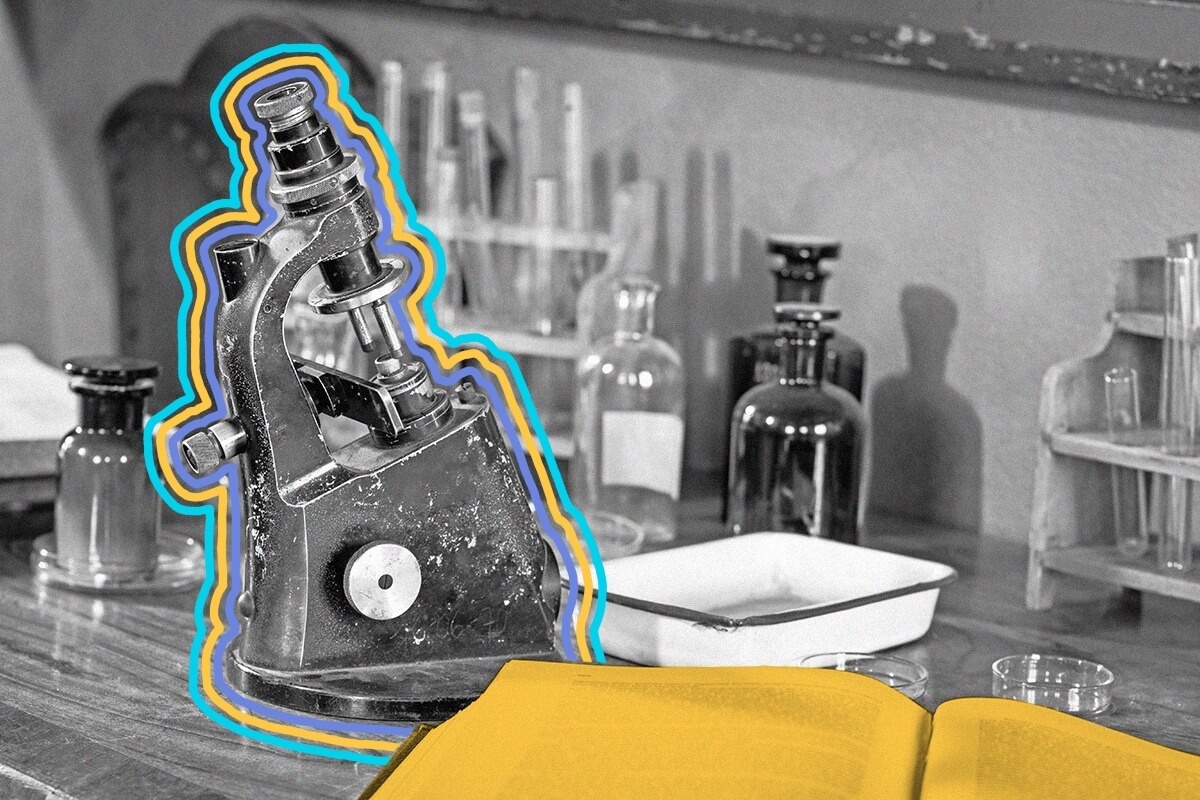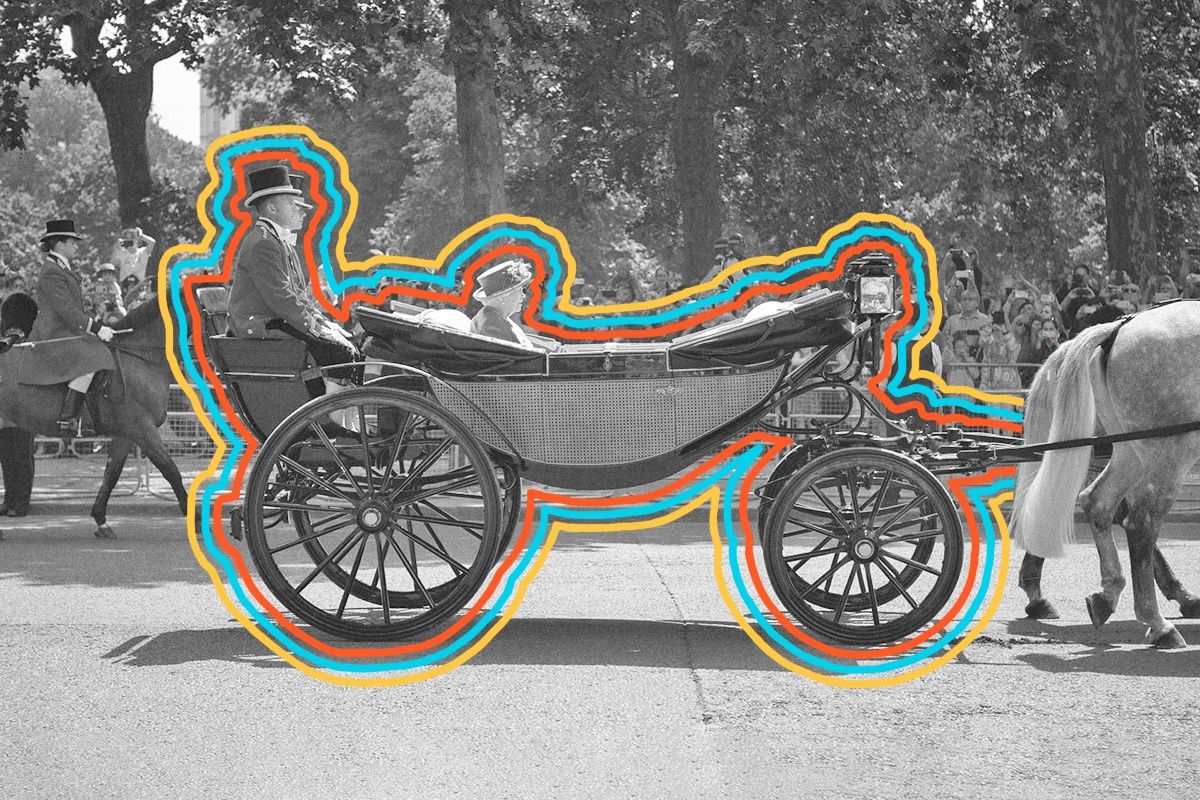
Marie Curie’s notebooks are still radioactive.
Nearly a century after her death, Marie Curie's papers are still radioactive — and will be for another 1,500 years. The pioneering scientist initially had no way of knowing just how dangerous her research on radioactivity (a word she and her husband coined) truly was. She walked around her lab with radioactive elements in her pockets and stored them out in the open, in part because she enjoyed how they “looked like faint, fairy lights.”
For safety reasons, France’s National Library stores Curie’s notebooks in lead-lined boxes. Anyone wishing to view her manuscripts must sign a waiver and wear protective gear. Her clothes, furniture, and even cookbooks are also radioactive.
As the child of teachers and a brilliant student, Marie aspired to enroll in the University of Warsaw — a dream that was dashed by Russia-occupied Poland’s policy banning women from receiving a higher education. A group of professors, philosophers, and historians skirted this rule in the 1880s by founding the clandestine Flying University, which met in private homes and constantly moved locations to elude the authorities. Marie and her elder sister Bronislawa attended; Marie later continued her education in Paris at the Sorbonne.

